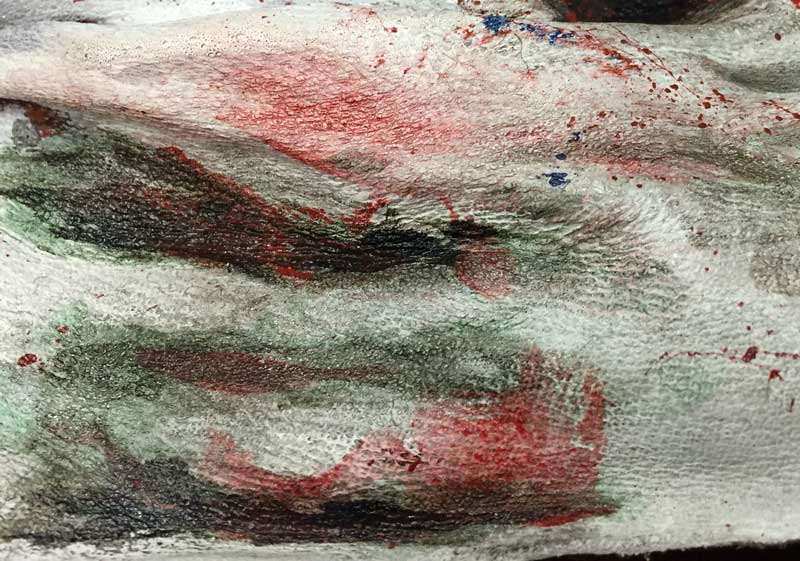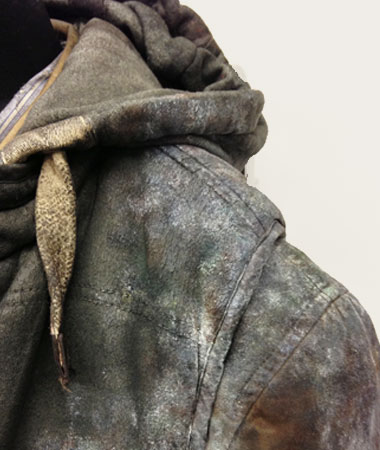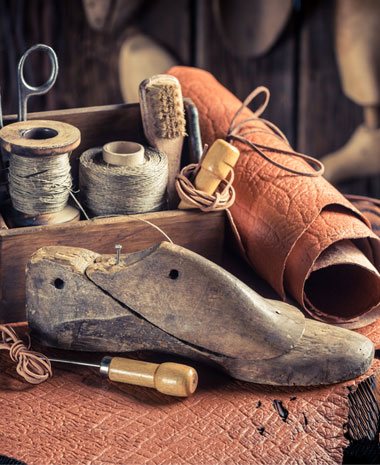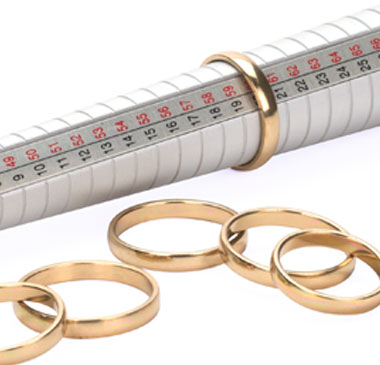PATIN-A Blog – Based on Experience
This blog shows how to patinate correctly, gives tips for the work in the costume department, shows the newest trends and introduces products and their use.
The main focus lies on costume distressing, leather working and textile dyeing. We show trends of the trade and aids for costume design.
Tips for Leather Dyeing

Dyeing leather is an art, not a science.
Variations in materials, conditions and artist touch will have a direct effect on the result.
No two leathers will always accept dye with uniform results.
The color chart should be used as a guide and the leather dye should be tested on swatches of scrap before dyeing your final article.
PREPARING the LEATHER for DYEING:
In the tanning process, various protective surface finishes are given to leather hides.
This finish must be removed before dyeing.
Fiebing's DEGLAZER is recommended for stripping off tanning finishes and making the leather receptive to dyes.
APPLYING the DYE:
After the leather has been cleaned and prepared as recommended above, apply the dye evenly using a piece of woolskin, cloth, or a dauber (e.g. Fiebing´s Wool Dauber) .
An alternate method for covering large areas evenly is to spray with a PREVAL spray-gun or air brush.
A second coat of dye may be applied if required.
After dyeing, remove excess surface dye by rubbing briskly with a soft cloth.
COLOR CONTROL:
When changing from a previously dyed color, it is best to do it in two steps. First, neutralize the original color with an intermediate color. Then repeat the dyeing process with the final color desired.
For example:
• To dye white leather black, dye it green or blue and then black.
• For white into dark blue, first weak black (4 to 1) then dark blue.
• For white into brown, first dye light green, then brown.
• For red into black, first green, then black.
• For green into black, first red, then black.
• For white into bright red, first yellow, then red.
• For white into dark red, first tan, then dark red.
Always let the first color dry before applying the second.
DYE MIXING for INTERMEDIATE COLORS:
Fiebing Dyes may be combined to achieve intermediate colors or tones not shown on the chart.
In most cases the basic rules of any color mixing apply.
For example:
• Yellow and Blue = varying shades of Green.
• Yellow and Red = varying shades of Orange to Red.
• Red and Blue = shades of deep Purple to Lavender.
• Red and Purple = Wine.
• Brown and Yellow = Golden Brown or Tan.
• Brown and Red = Maroon to Dark Brown.
An infinite number of color shades are possible.
Mixtures can be tested on swatches until the desired color is achieved.
NOTE: Navy Blue dyed leathers may surface "bronze".
This condition can be corrected with an application of Rapide Shoecream for Smooth Leather.
NOT - for use on Suede or Synthetic Leathers.
Helpful Suggestions:
- Stuff paper into shoes or use shoe trees before dyeing.
- Exercise care to prevent dyeing of shoe lining.
- For better uniformity apply while leather is damp with cleaner.
- Do not wear until completely dry.
- Dye may be removed from hands with rubbing alcohol.
- After dye is dry apply Fiebings Acrylic Resolene as a sealer.
We wish you much success.
 We ship worldwide
We ship worldwide Top customer satisfaction!
Top customer satisfaction! Many payment options
Many payment options






